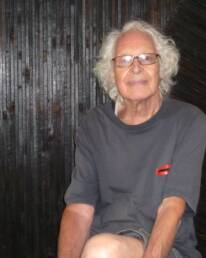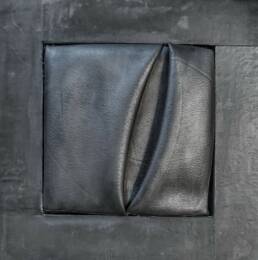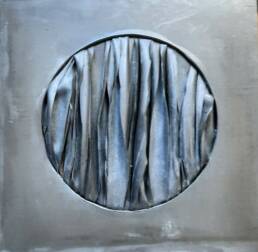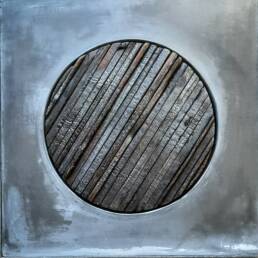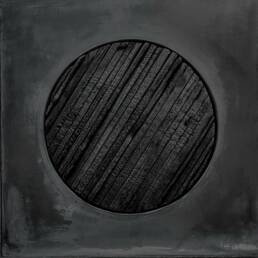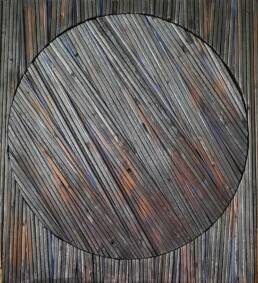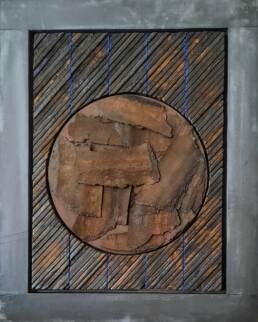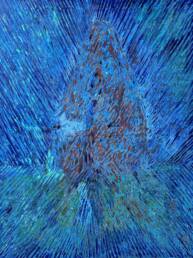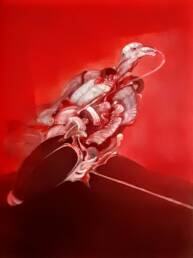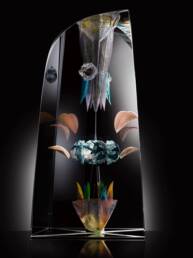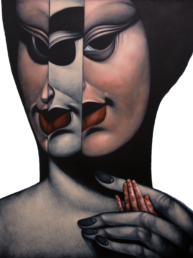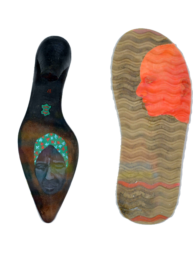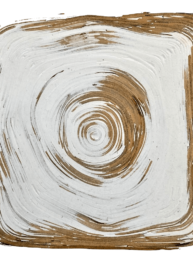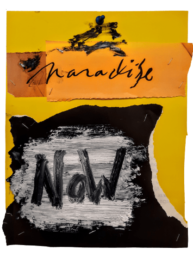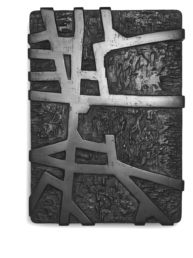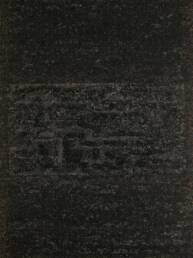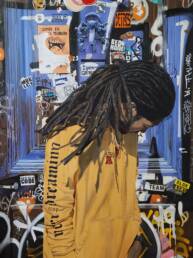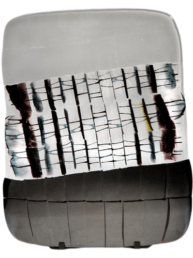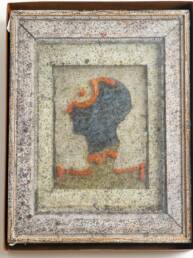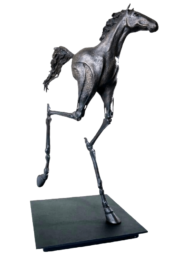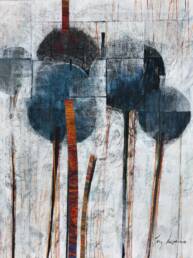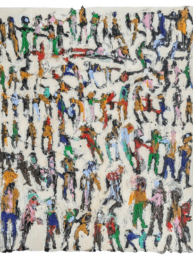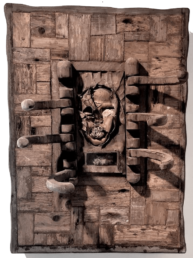François CALVAT
François Calvat was born in 1926 in Nice and died in July 2021.
It was in 1943, at the age of 17, that he began to paint, and artists such as Vincent van Gogh and Pablo Picasso, as well as the actors of the art scene of the time, played a fundamental role in his first creations, which were true reflections of a declining peasant life.
Attentive to the lived experience as well as to the materiality of the rural objects he recovers, François Calvat develops the lexical field of light as well as that of matter: colour is born from the alteration of materials subjected to the weather.
The form of the works transforms according to their evolution, the contrasts between light and shadow are created by the cracks in the assemblies. Between sculpture, painting and installation, Calvat's work is full of contrast, tension and yet a search for formal simplicity.
Towards the end of the 1950s, artists, caught between the austerity of the post-war period and the enthusiasm of the economic boom, made reality the medium and theme of their creations. Far from urban concerns, François Calvat nevertheless perceived the phenomenon and adapted it to his own environment: at a time when the countryside was deserted, he captured in his works the decline of the rural world through used, discarded and abandoned materials.
It was in 1964 that this French artist definitively introduced objects into his work and stopped painting.
Joining the research of artists such as Alberto Burri on the materiality of works, François Calvat invites his audience to a physical and emotional reaction but also intellectual, appealing to the collective unconscious through the symbolism of the objects used.
In 1975, the assembled waste became the tools of François Calvat's plastic research: the black of tar replaced by burnt wood, the ochres of rusty nails or the different greys of zinc worked by time are the elements of his palette.
In the 1980s, François Calvat placed man at the heart of his artistic concerns. In his works, he inserts small wooden pieces reminiscent of skylights, doors and enclosures, thus evoking everyday life.
In 1982, he turned his attention to fagotage, the patient work of collecting dry wood, an ancestral human practice. Introduced into installations, always painted in ultramarine blue, the bundle is sublimated: it loses its original meaning and evokes infinity and eternity.
In 1988, François Calvat created one of his major installations. He occupied and transformed a burnt out barn in Saint-Martin d'Uriage, appropriating the skeleton of this old burnt out building to create a large-scale installation, using long blue painted timbers, installed in the enclosure previously covered with 800 kg of charcoal.
Step by step, François Calvat abandoned a large number of materials to keep only a small selection: zinc, rusted sheet metal, rubber, burnt wood, are then confronted with pure steel from industry. The compositions became simpler and more refined.
Since 2001, the artist has been choosing metal parts from the residues of consumer society that are of formal rather than purely chromatic interest, which he has had reprocessed (sandblasting, thermo-lacquering, nickel plating, etc.).
The scraps of everyday life become new manufactured objects : « ready-remake ».
François Calvat's work, of an extreme formal and conceptual coherence, has only become more refined over the last twenty years, giving rise to a minimal work that plays with light.

